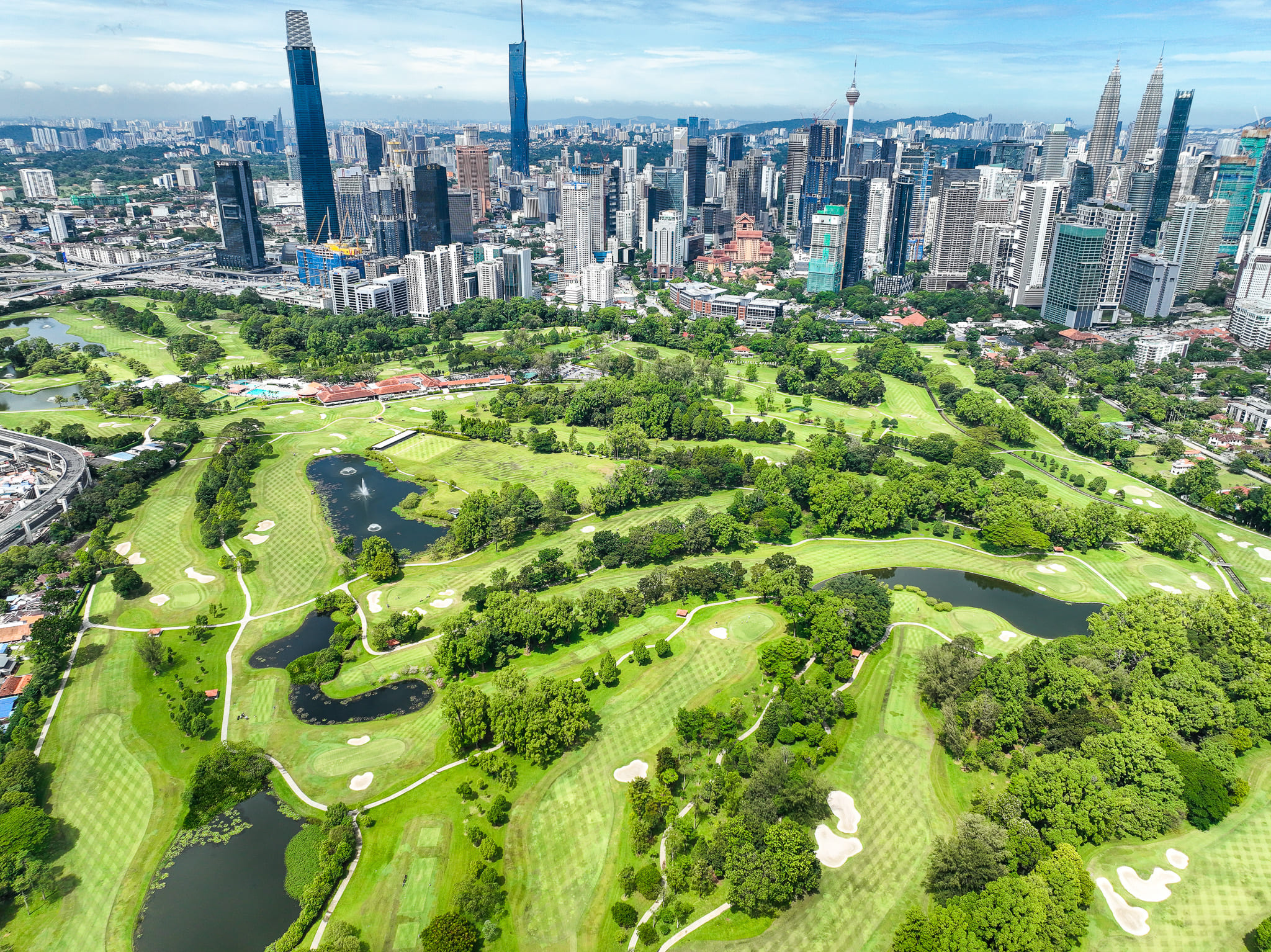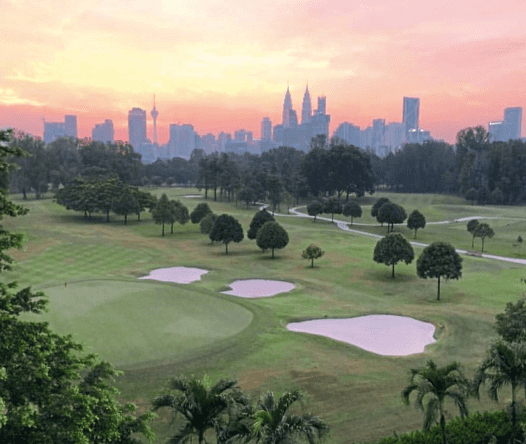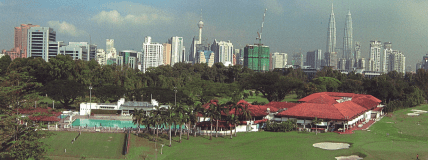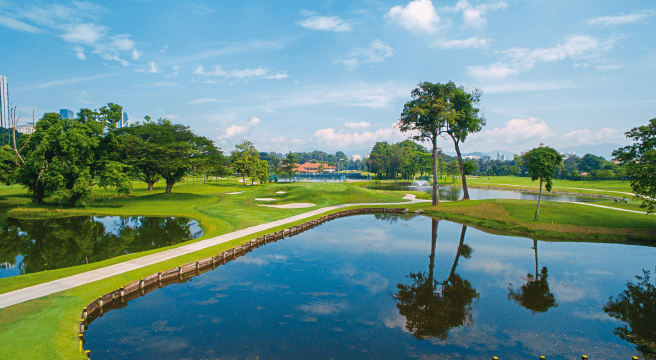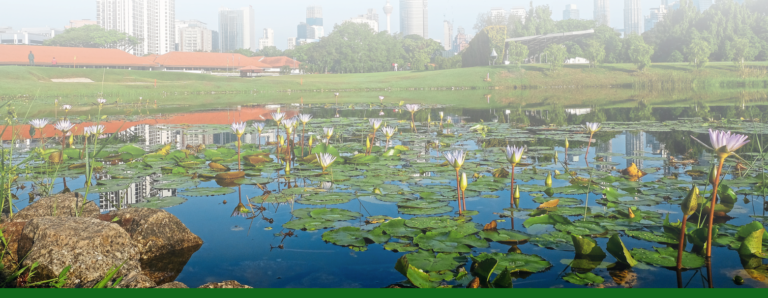THE MASTER PLAN
It is perhaps useful to mention a few prominent features of the master plan.
As it was the intention to produce a golf course suitable for championship play, length was a paramount consideration. To achieve this, N&H pushed every tee box as far backwards as the club property would allow. Even then, some holes onto the main entrance road and endanger traffic. The architect explained that although such a possibility existed, golfers mostly sliced, rather than hooked, and therefore the risk of a hooked tee shot at the 9th was actually much lower than a sliced tee shot flying into the car park if the 1st tee had remained where it was. This decision was subsequent vindicated when the were not quite long enough.
N&H also proposed some dramatic changes.
A big decision was made to swap the positions of the 1st and the 9th of the New Course, in order to make the 9th hole, the finishing hole, longer and more challenging. This change evoked much criticism. Some Members feared that a tee shot from the 9th tee might hook onto the main entrance road and endanger traffic. The architect explained that although such a possibility existed, golfers mostly sliced, rather than hooked, and therefore the risk of a hooked tee shot at the 9th was actually much lower than a sliced tee shot flying into the car park if the 1st tee had remained where it was. This decision was subsequent vindicated when the 1st Nine New was opened for play; there were no reports of cars being damaged by hooked shots from the 9th tees.
Another controversial change was the decision to shorten the 10th Old to make room for an extended tee at the back to turn the 11th from a par-4 into a par-5. This was a decision made necessary in order to compensate for another change, namely, to turn the 13th par-5 into a par-4 so that the 2nd Nine Old could retain its par-36 rating. This design change was motivated by commercial considerations
The compulsory land acquisition in 2003 by City Hall along Jalan Tun Razak had sliced off so much land from the affected lots that they lacked depth, and what remained of the truncated lots were effectively rendered unviable for commercial purposes. One of the objectives in the reconstruction project therefore was to restore as much as possible the original depth of those affected lots by excising non-golfing lands and attaching them to the back of those lots thus making them usable and marketable again. Some 302,000 sq. ft. were thus added. Based on prevailing average commercial land prices nearby, this exercise added some RM76 million to the value of the Club’s assets, a sum that considerably exceeded the cost of the reconstruction
Most of this new commercial land was taken from the previous 12th and 13th holes of the Old Course where they bordered the truncated commercial lots. This exercise required a new 12th green to be built to the left of the old one, and for a new 13th tee box to be located in front of and to the left of the new 12th green. This new location, previously a swamp, meant that the 13th would not be long enough to retain its par-5 rating and had to be shortened to a par-4; hence the need to turn the 11th into a par-5 in compensation.
Perhaps the single most dramatic change was the relocation of the 18 tennis courts from their position in front of the Terrace to a new location next to the swimming pool occupying the fairway of the 18th of the Old Course. This was a difficult and traumatic decision to make, to say the least, because those courts had been there since 1922, even before the 2nd Nine New Course was built. Although tennis had over the years declined in popularity, there was still a relatively small but enthusiastic group of tennis players to placate. They resisted the relocation forcefully at the general meetings called to approve the project, saying that the courts had a historical significance and were regarded by some as the “Wimbledon of Malaysia”
The Committee pleaded with Members to support the relocation as it was more logical that the 18th green of the New Course be located where the courts stood to increase spectator interest both on ordinary and competition days. And it would allow all three finishing holes – the 1st Nine and 2nd Nine Old and the 2nd Nine New – to be visible from the Clubhouse. The Committee said the relocation decision was most regrettable but unavoidable and asked the tennis players to show magnanimity and yield to the greater interest of the golfers who were in the vast majority.
With this relocation to the fairway of the 18th Old, the fairway of the adjacent 9th Suleiman Course became the new 18th fairway. It should be recorded here that this was not the original decision. The first location for the new tennis courts was in fact to be this 9th Suleiman fairway, with the 18th Old remaining where it was. But Peh Tiong Kheng, a tennis player himself, suggested that the 18th fairway of the Old Course was the more logical choice as the new courts would be nearer the swimming pool and could use its amenities, rather than having to build new ones at the detached site. On this new site were eventually constructed 10 courts, 7 of them grass and 3 hard.
At this juncture it would be appropriate to note that the positive changes to the layout design to both the finishing holes of the 2nd Nine Old and the 2nd Nine New could not have happened if not for the bold suggestion by Anthony Tan, a member of the Reconstruction Ad Hoc Committee, to relocate the tennis courts. As already mentioned, the construction of the tennis courts first began in 1922 and continued until 1930. Work on the 2nd Nine New did not start until 1929. Had the 2nd Nine New been constructed earlier the tennis courts might have been built elsewhere.
Four new lakes were built. One was located at the driving range. This required a new one to be built near the original location, but with it facing a north-south orientation rather than the previous inconvenient east-west direction. This re-orientation also allowed the range to be lengthened, and morning users need not face the morning sun.
The second lake occupied the land between the 3rd green of the Old Course and the 4th Old. The 4th now requiring a carry over water from tee to green, was turned into a short but spine-chilling par-3. Those two lakes were designed as rainwater retention ponds, and also functioned as reservoirs for irrigation water. As a bonus they added great aesthetic value to the holes nearby
The third and fourth lakes were a great deal smaller, and were located on the previous 12th and 18th holes of the New Course. They were part of the plan to create a wetland environment to attract migratory and local birds to rest and roost there.
The other significant changes made were to the 13th, 16th, 17th and 18th holes of the New Course. These changes were mainly dictated by the need to lengthen this nine to championship standard. The 13th, a par-4, was lengthened and turned into a par-5, as it originally was some years ago. This allowed the 18th, a par-5, to be shortened to a par-4 with a new forward tee.
The par-3 17th was lengthened considerably, but most significantly, its orientation was changed by turning it about 90 degrees to the right and a new green was built on the previous red tee box of the 18th. This was a major design change and it required the removal of some trees to create a chute from tee to green. The new green now abuts one of the wetland lakes. This would surely guarantee a dramatic finish in a competition.
This re-orientation freed up the fairway of the former 17th, and it allowed the architect to use it as the fairway of the new 16th. Golfers would in future play the lengthened 16th hole as a dogleg right instead of a dogleg left as it had been. The former 16th fairway, now abandoned, was planted with numerous trees as part of the tree replacement programme.
When the fences of the old tennis courts and the wind breakers were finally brought down in September 2007, Members could for the first time look from the Terrace across to the driving range and beyond the lake to the fairways of the 10th and 18th New Course and even catch a glimpse of golfers putting on the green of the 2nd Old. It was quite a sight to behold.
Perhaps the most significant change in the reconstruction was the lengthening of all four nines. The Old Course gained 197 yards, and the New 402. In a professional tournament, however, it is likely that a composite course would be played with the 2nd Old/2nd New offering 7081 yards or the 1st Old/2nd New at 7059 yards. Still, in modern day golf such courses would be considered

